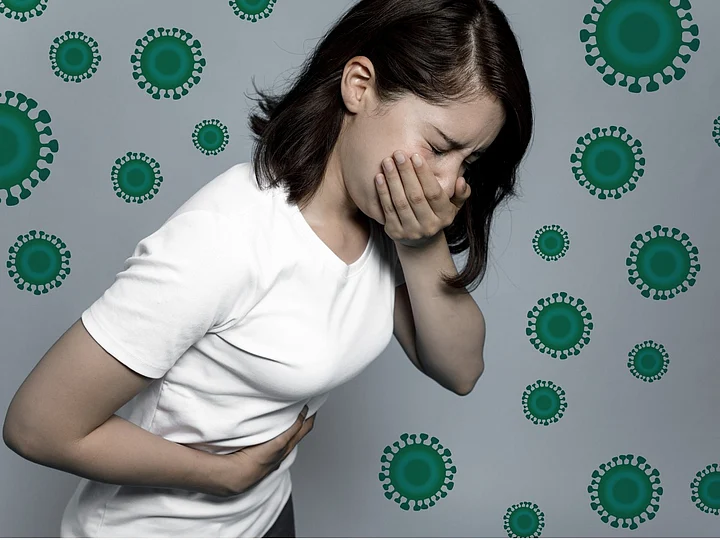Norovirus is a common and contagious virus that causes symptoms like nausea, vomiting, and diarrhea. These symptoms are similar to stomach flu this it becomes difficult to diagnose the disease. The symptoms of stomach flu and norovirus may be the same but the causes are different. Norovirus spreads easily through close contact or on contaminated food or surfaces. The symptoms are experienced within three days of being exposed to the virus.
Norovirus is a group of viruses that cause severe vomiting and diarrhea. Norovirus outbreaks usually occur seasonally in colder months. The first norovirus outbreak occurred in Norwalk, Ohio, USA in 1968. There have been about 685 million cases of norovirus globally that have been reported each year. Of that estimate, over 200 million cases affect children. Let's know the causes, symptoms, diagnosis, treatment, and prevention of norovirus.
Types of Norovirus
There are several different types (strains) of norovirus. According to MedicalNewsToday, it’s part of the Caliciviridae family of viruses that cause inflammation in the stomach and intestines (gastroenteritis). In this family, there are 10 groups with 48 types. The most common type is GII.4.
Norovirus: Signs & Symptoms
According to doctors of the Mayo Clinic, symptoms of norovirus include:
Nausea.
Vomiting.
Diarrhea.
Stomach pain.
Headache.
Fever.
Body aches.
Abdominal cramps
Feeling unwell and lethargic
chills, which are usually mild
Norovirus: Causes
According to Cleveland Clinic, norovirus spreads in the feces and vomit of people and animals with the infection. People can contract the virus by:
consuming contaminated foods
drinking contaminated water
touching their mouth after touching someone infected with norovirus or a contaminated surface
It can be difficult to eliminate noroviruses fully from the surroundings because they can survive in hot and cold temperatures, and they are resistant to many disinfectants.
Noroviruses continually undergo genetic changes making humans develop a norovirus infection more than once during their lifetime, although the symptoms are usually less severe each time.
Norovirus: Diagnosis & Treatment
A healthcare provider will ask you about your symptoms. In order to confirm that it is norovirus, doctors may take a stool sample for testing. Tests are usually necessary to exclude other underlying medical condition that affects the immune system and your ability to fight infections.
There is no cure for norovirus thus the treatment for the infection focuses on managing the symptoms which go away in one to three days. You can manage your symptoms by:
Drinking plenty of liquids that contain electrolytes.
Taking ample of rest
Eating soft, bland foods.
There is no vaccine for norovirus yet.
How To Prevent Norovirus?
Wash your hands often with soap and water.
Wash your raw foods before eating them.
Cook your food thoroughly to an appropriate temperature (at least 145 degrees Fahrenheit, or 62.77 degrees Celsius).
Avoid contact with people who have a norovirus infection.
Clean and sanitize your surroundings frequently
Wash your clothes thoroughly.

